Bolshevik War: this is how Poland stopped the advance of communism in Europe
On this day, on February 14, 1919, Polish and Bolshevik forces were engaged in the first battle of a war today forgotten by many: the Wojna Bolszewicka or Bolshevik War.
Also known as the Polish-Soviet War, this conflict lasted two years and pitted Poland against Soviet Russia. The Polish Republic had regained its independence on November 11, 1918, after the end of the World War I. It had been 123 years after three powers divided their territory in 1795: the Austrian Empire, the Kingdom of Prussia and the Russian Empire. However, the end of the World War did not mean the beginning of a period of peace.
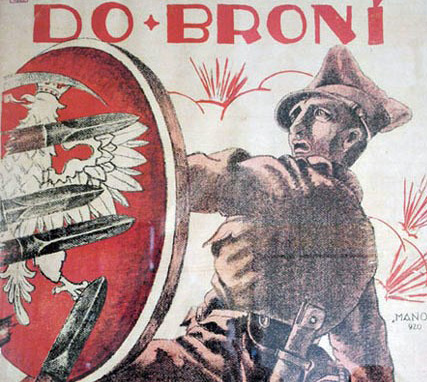
Lenin's plans to spread communism across Europe
The Bolsheviks aspired to recover part of the territories of the former Russian Empire that had been lost with the end of the World War and the fall of Tsarism, among them the Baltic Republics, Finland, Belarus, Ukraine and much of Poland. But Lenin's plans went further: the Bolshevik offensive aimed to spread communism throughout Europe. The scenario was propitious for the expansionist plans of the first communist dictator. In 1918 a civil war broke out in Finland that pitted conservatives against communists, the latter receiving unsuccessfully the support of the Russian Bolsheviks. In January 1919 the Spartacist Uprising broke out in Germany, led by the Communists taking advantage of the decomposition of the country after its defeat in the First World War. In March of that year the ephemeral Hungarian Soviet Republic was proclaimed, which would only last a few months. In May the Bolshevik rebellion in Bender broke out in Romania, and in August the series of revolts of the Biennio Rosso, inspired by the Bolshevik Revolution in Russia, began in Italy. Europe looked like a powder keg.
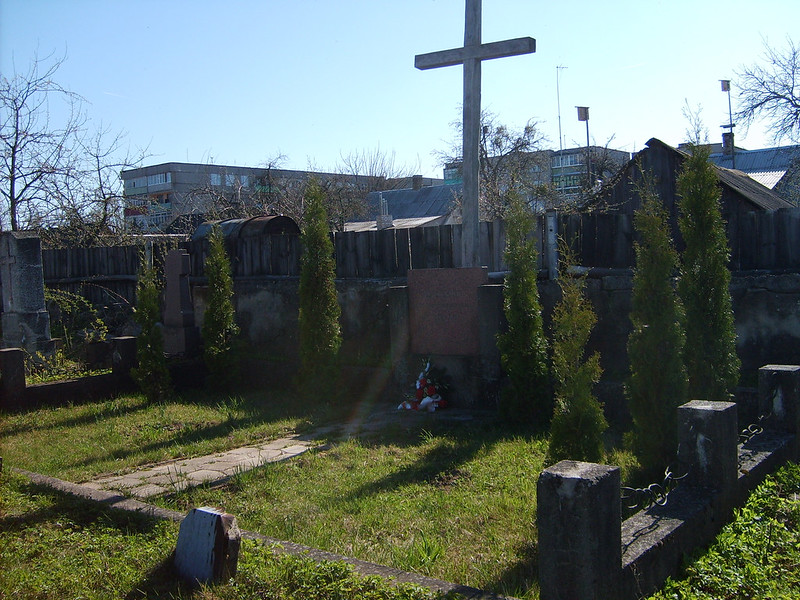
The first fallen in the struggle of Poland against communism
The Bolshevik offensive to extend communism to Europe began in November 1918, as soon as Lenin heard of the outbreak of the German Revolution that overthrew the monarchy in that country. In the following months Estonia, Lithuania, Latvia and Belarus fell into the hands of the Bolsheviks. Poland had the enemy at its doors: it would be the next to fall, along with Ukraine. That first combat of the Polish forces against the Bolsheviks on February 14, 1919 took place in the Belarusian town of Mosty, near Szczuczyn. The town had been in German hands during the World War I, and at the end of it, in November 1918 Lieutenant Bolesław Lisowski founded a Polish military organization, the Samoobrona Szczuczyńska (Szczuczyn Self Defense), consisting of 60 men armed with pistols and shotguns in order to defend the locality against the Bolsheviks.
The Germans still had a military presence in Szczuczyn when the Red Army arrived in the village, specifically on the Lebiodka estate, on January 16, 1919. In the first combat between the Bolsheviks and the volunteers of the Samoobrona Szczuczyńska, six Polish soldiers were killed: Ensign Stefan Krydel, First Corporal Stanisław Szalewicz, Corporal Józef Mejłun and Uhlani Julian Libich, Wiktor Szkop and Stanisław Wojciechowski. They were the first to fall in Poland's fight against communism. Their bodies still rest in a common grave in the Parish Cemetery of Szczuczyn, next to a large wooden cross, in Polish land, next to a granite slab in which the word "Bohaterowie" (Heroes) is read. On February 14, with the Germans in retreat, the Polish Army managed to stop the advance of the Bolsheviks.
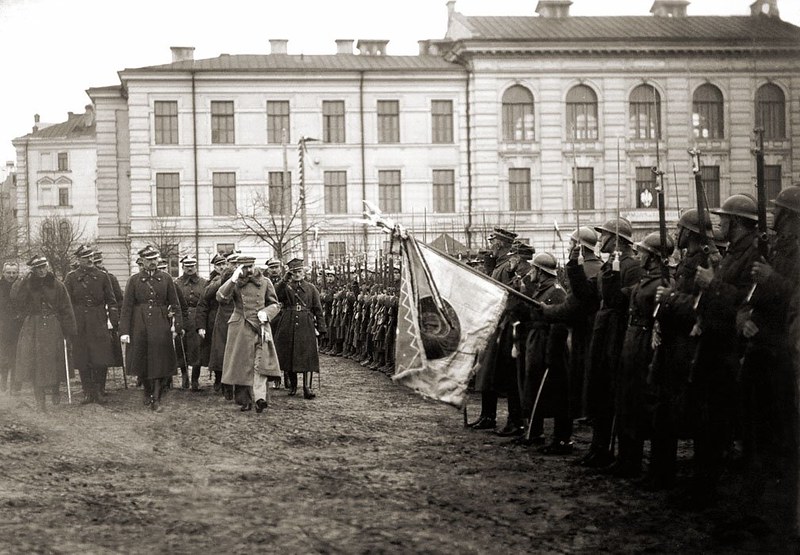
The liberation of Vilnius and Kiev and the 'Międzymorze' dreamed by Piłsudski
In March 1919 the Polish Army went on the attack, capturing Vilna (then part of Lithuania, but city whose population was mostly Polish) on April 21. In January 1920, Polish and Latvian forces defeated the Bolsheviks at the Battle of Daugavpils in Latvia. On April 24, 1920 a joint offensive of the Polish and Ukrainian forces began in Ukraine, succeeding in expelling the Bolsheviks from Kiev on May 7. The Polish Head of State, Józef Piłsudski, had in mind the creation of a federation called "Międzymorze" (Intermarium), which would federate the former territories of the Polish-Lithuanian Confederation (Poland, Lithuania, Ukraine and Belarus), which would create a solid strategic wall against Bolshevik expansionism from the Black Sea to the Baltic Sea, but finally the idea did not materialize.
The Bolshevik offensive of 1920 and the scant foreign aid to Poland
At the end of May 1920, the Red Army counterattacked. On June 13 he captured Kiev, unleashing a brutal repression against the Ukrainian people. On July 19 Grodno fell, in Belarus. Finally, the Red Army invaded Polish soil. Poland's allies were very scarce. France and the United Kingdom sent military advisers, among whom was Charles de Gaulle, who would lead the Free French forces in World War II. France also sent Renault FT-17 tanks to Poland, this being the first war in which the armored forces played an important role. Hungary, a country historically twinned with Poland, offered to send 30,000 horsemen in support of its Polish allies, but the Czechoslovak government refused to allow them to pass through its territory. In addition, a group of 16 American volunteers, a Canadian and four Polish pilots formed the 7th Kościuszko Squadilla , named after the Polish military man who had fought for the Americans in the American War of Independence.
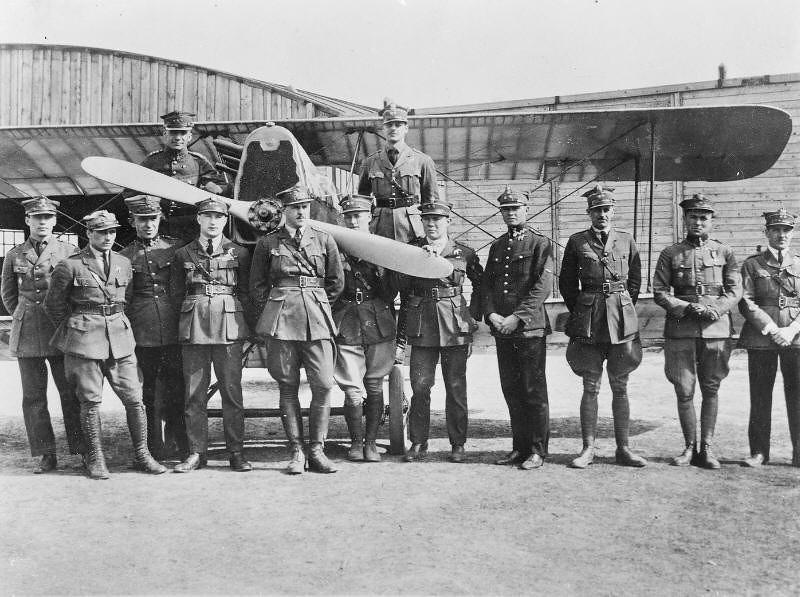
The Battle of Warsaw: the "Miracle of the Vistula"
On August 10, 1920, the Bolsheviks crossed the Vistula. On the 14th the Polish Army managed to contain the red advance in Ossów, only 23 kilometers from Warsaw, in a heroic action in which the priest Ignacy Skorupka died, who encouraged the soldiers to advance holding a crucifix. It seemed that Poland was going to succumb, but on the 15th, in a very hard battle, the Polish Army made a surprise move and its cavalry fled the Bolsheviks, disrupting the Red Army's offensive. August 15 is the day of the Assumption of the Virgin, so in Poland they know that victory in the Battle of Warsaw as "the Miracle of the Vistula". In its honor, every day on August 15 is celebrated the Polish Armed Forces day. The Polish victory was so devastating that Bolshevik Russia feared that Poland, inflamed, would invade Russia. The Lenin government called for peace, and in October a ceasefire was declared. Finally, Russia and Poland signed the Treaty of Riga on March 18, 1921, which delimited the border between the two countries in much the same way as it had been in 1772.
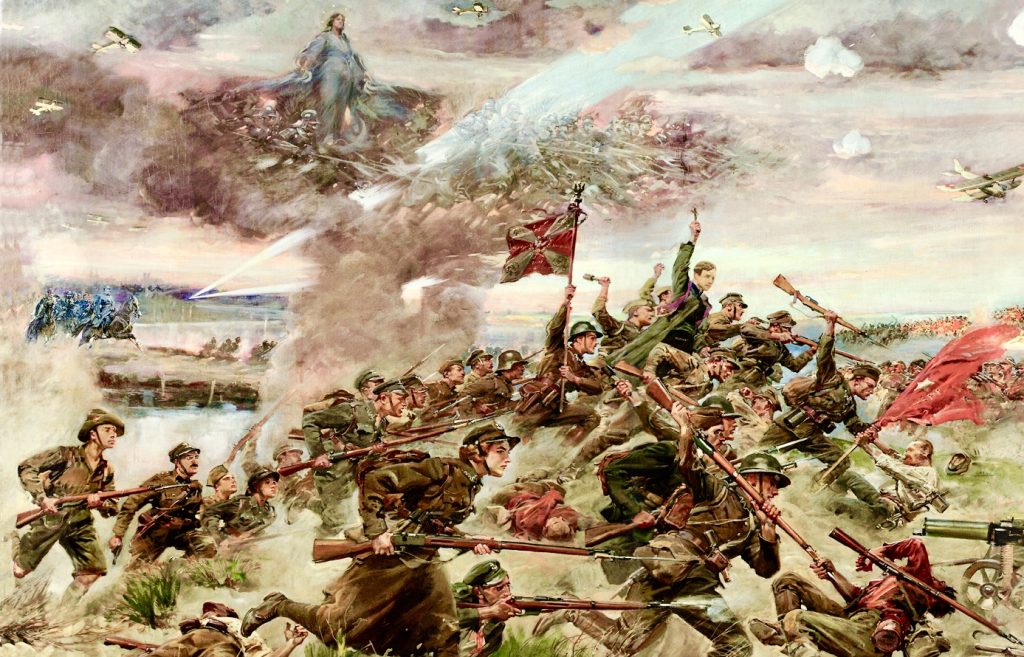
What Europe owes to the sacrifice and courage of the Poles
The Soviet defeat at the hands of Poland had very important historical consequences. Lenin abandoned his expansionist plans and adopted the policy of "socialism in one country." Thanks to the sacrifice and courage of the Poles, communist imperialism was stopped down and did not return until World War II, two decades later. On the other hand, this war was more than a territorial confrontation, because two diametrically opposed visions of society and the world collided: Poland is a fervently Catholic country, and Russia was subjected to a communist and atheist regime. For Poland this victory was a reaffirmation of their national identity as a Christian country. And precisely because of that, this decisive war in the history of Europe has been forgotten by many, except for the Poles. Edgar Vincent, one of the British representatives in Poland during that war, wrote years later: "The history of contemporary civilization knows no event of greater importance than the battle of Warsaw, 1920, and no other whose meaning has been more belittled."
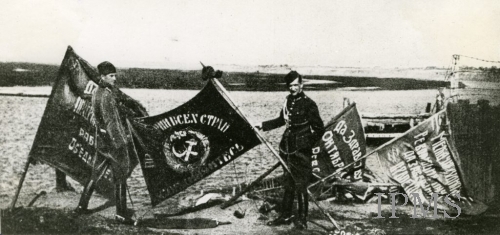
Bibliography:
- "Samoobrona ziemi Lidzkiej", by Józef Dziczkaniec (in Polish).
- "1919–1921 R.: Wojna Polsko-Bolszewicka". Blisko Polski (in Polish).
- "Szczuczyn. Kwatera żołnierzy polskich". Ministry of Defense of Poland (in Polish).
- "95 lat temu rozpoczęła się wojna polsko-bolszewicka". Dzieje.pl (in Polish).
- "The History of the Kosciuszko Squadron". Central Connecticut State University (in English).
---
Main photo: Frame from the "1920 Bitwa warszawska" (2011) Polish film about the Battle of Warsaw in 1920. Military chaplain Ignacy Skorupka encouraged the Polish soldiers to fight by holding a crucifix. He died in the battle of Ossów on August 14, 1920. It was the first skirmish that ended in Polish victory during the Soviet offensive that was disrupted on August 15 in Warsaw, what is now known as the "Miracle of the Vistula".
|
Don't miss the news and content that interest you. Receive the free daily newsletter in your email: Click here to subscribe |
- Most read
- The Pegasus case and how it could end with Pedro Sánchez due to a decision by France
- The brutal 'touch and go' of a Lufthansa Boeing 747 at Los Angeles Airport
- The real reason for Sánchez's victimizing letter using his wife as an excuse
- What did Morocco find in Pedro Sánchez's cell phone to humiliate him in this way?
- The massive takeoff of more than half of the United States B-2 Spirit stealth bombers
- Lenin: numbers, data and images of the crimes of the first communist dictator
- Sánchez's 'reflexion' gives way to a wave of leftist pressure on judges and media
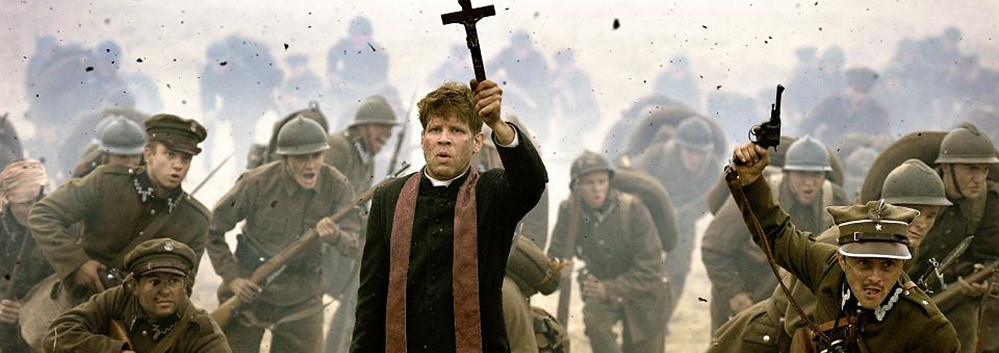
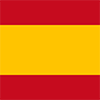 ES
ES


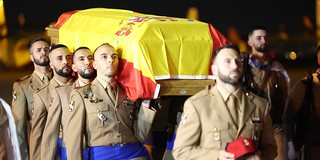


Opina sobre esta entrada: